Raise a glass to Mother Earth with these eco-conscious spirits.
KATE DINGWALL | APRIL 21, 2021
Over the last few years, going green has become one of the biggest trends in the drinks world—and we’re not talking about chartreuse. As climate change continues to threaten the planet, spirits brands are making conscious efforts to reduce their waste, swap in alternative energy sources, and smarten up the sourcing of their raw materials.
But what makes a brand truly sustainable?
“Sustainability is a holistic idea which covers every part of a brand from production to packaging, freight, and marketing,” explains spirit expert Jon Gray, the co-founder of the Bartender’s Benevolent Fund founder of Drink Tank. “But it also covers the human aspect; fair pay and workplace safety.”
Tim Etherington-Judge, a former national brand ambassador at Diageo and now-founder of Avallen believes, “Alcohol starts its life in orchards, fields, farms, so sustainability has to start there. If you’re not addressing the impact your raw material is having on biodiversity loss, carbon emissions through soil tillage, or fossil fuel-based pesticides and fertilizers, then anything you do at the distillery is messing around the edges.”
Achieving this sustainability isn’t an easy feat. “Spirits production starts with a huge hill to climb in terms of sustainability,” explains Gray. “Each 750mL bottle of spirit costs about 6.5 pounds of carbon. Distilleries are highly water-intensive; around 15 liters of waste material are produced per liter of alcohol.”
And different categories face their own unique hurdles. With tequila production, for instance, agave fibers take 15 years to decompose after distillation. Faced with these challenges, brands are getting creative.
“Some distilleries have developed methods to convert this waste into field fertilizer in just four months—Tequila Cazadores has achieved carbon neutrality by using the dried fibers of spent agave to power parts of the distillery. Any remaining fibers are turned into fertilizer and put back into the agave fields.”
HOW TO SPOT GREENWASHING
While more and more brands are adopting green distilling practices, not all are done equally. Etherington-Judge says the industry has largely “been co-opted by greenwashers looking to jump on a trend.”
Greenwashing is inherently tricky to spot. Many major brands are loud about bare-minimum sustainable practices—like donating to earth-conscious causes or using locally-grown raw materials—to distract from other spotty business practices.
“A whiskey brand who’s excited to talk about the fact that its corn is organic cannot omit the fact that it ships its bottles from mainland China to cut costs,” points out Gray.
“People have the misconception that true sustainability is just about what happens at the distillery or in headline-grabbing innovations,” continues Etherington-Judge. “Limited edition paper bottles won’t make a dent in CO2 emissions just like banning plastic straws won’t change the vast quantities of plastic in our oceans.”
“Brands love to focus on and romanticize a story and their base ingredients—think abundant fields of wheat for vodka brands or rolling hills of agave with tequila—but their whole production method should be in line with this ethos,” Gray explains. “If a brand is going to talk about sustainability, every element of its production should be sustainable.”
DRINK GREEN
So how do you tell if a brand truly practices what it preaches? Gray recommends looking for brands that are happy to talk about the nitty-gritty details of sustainability, even less appealing topics like waste management.
Holistically sustainable brands extend efforts to supporting employees. “Being sustainable is about more than just initiatives, it’s about culture,” he adds. “If a company wants to build profit in harmony with our planet, and many companies have shown this is perfectly possible, then it has to be embedded into the very fiber of the company.”
To put more green in your glass, we’ve laid out some of our favorite sustainable brands below.
NOVO FOGO CACHAÇA
“Novo Fogo cachaca is produced in a carbon-negative, zero-waste distillery in the Brazilian rainforest and supports reforestation efforts in the region,” says Gray.
The building sits on a slope, allowing the liquid to flow naturally through the distillation process, and a heat transfer process keeps energy use to a minimum. The brand has invested heavily in Brazilian reforestation efforts to preserve and restore the native trees that surround the 100% organic distillery. (Not to mention it makes a very solid caipirinha.) $32
THE BEST SUSTAINABLE SPIRITS FOR EARTH DAY
Maxim |

